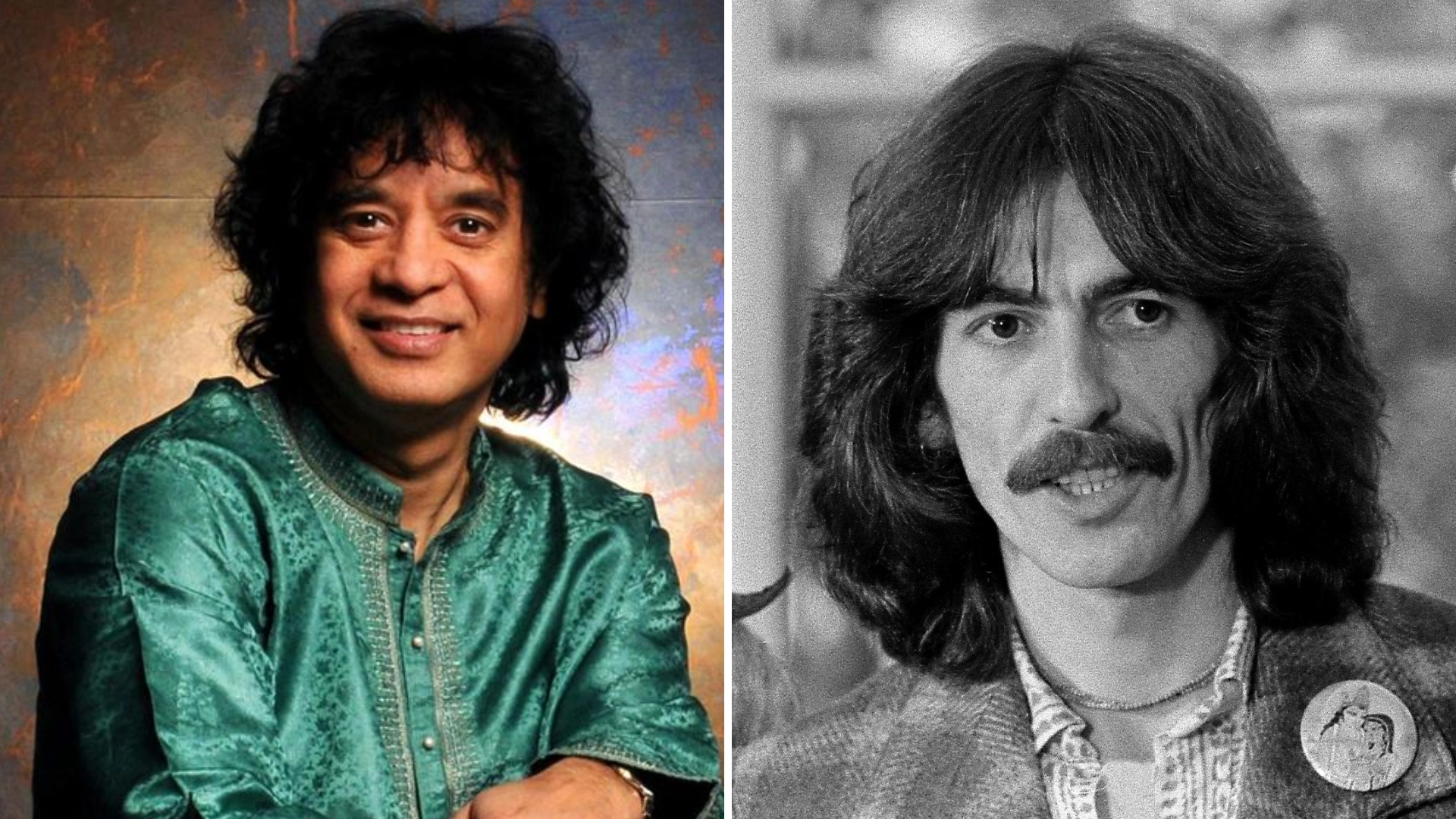Travelers around the world chase the mesmerizing northern lights, and anyone who has witnessed this natural wonder will tell you it’s an unforgettable experience. The vibrant display of greens, purples, and reds dancing across the sky raises the question: “Do they really look like that?” The answer is yes sometimes. The northern lights, or aurora borealis, are a spectacular phenomenon, but their appearance can vary. If you’re planning a trip to catch this stunning display, there are several tips and insights that can help maximize your chances of experiencing a truly breathtaking show.
What Are the Northern Lights?
Formally known as the aurora borealis, the northern lights are a mesmerizing atmospheric phenomenon. They occur when energized particles from the sun, known as solar wind, collide with atoms in Earth’s atmosphere. This interaction creates stunning displays of light, often appearing as swirling colors in the sky. Earth’s magnetic field plays a crucial role, guiding these particles toward the poles, where they create the vibrant hues we associate with the northern lights.
The phenomenon is specific to the northern hemisphere; in the southern hemisphere, the equivalent is called the aurora australis, or southern lights.
MUST READ: Kolkata International Airport Welcomes The Largest Aircraft: Know More About Airbus Beluga XL
Where Can You See the Northern Lights?
To experience the northern lights, the best places to visit are within the auroral zone a region that extends about 1,500 miles around the magnetic north pole. This area encompasses much of the Arctic Circle, including northern parts of Norway, Sweden, Finland, Iceland, Greenland, Canada, and Alaska.
While the lights are most frequently visible in these locations, they can occasionally be seen farther south during intense solar activity or geomagnetic storms. However, predicting these storms can be challenging, making it advisable to visit destinations within the auroral zone for the best chance of witnessing the lights.
When Is the Best Time of Year to See the Northern Lights?
Although the northern lights can occur year-round, they are not always visible due to several factors. The most critical aspect is darkness. In summer, high-latitude locations experience the midnight sun, resulting in long daylight hours that can obscure the lights.
The ideal times to see the northern lights are during the fall, winter, and early spring months when nights are longer. Solar activity typically peaks around the equinoxes in September and March, offering increased chances of sightings during these times. However, the lights can still be visible throughout winter, especially in December and January when the nights are longest.
When Is the Best Time of Day to See the Northern Lights?
The northern lights can appear at any time during darkness. Typically, these displays last for short bursts, ranging from 15 to 30 minutes, and can occur at any hour—though visibility during daylight is limited. Statistically, your best chances are between 10 p.m. and 2 a.m. local time, when the sky is darkest.
If you’re staying in a hotel known for northern lights viewing, inquire whether they offer wake-up calls for guests when the lights are active during the night. Otherwise, prepare for a night of sky-watching, and be ready to embrace the thrill of waiting for this natural wonder to unfold.
In regions above the Arctic Circle, such as Svalbard, you may experience polar nights where darkness lasts for 24 hours. This unique phenomenon allows for the possibility of seeing the northern lights even during the day.
Tips for Seeing the Northern Lights
- Choose Your Location Wisely: Select destinations within the auroral zone for the best chances of witnessing the lights.
- Monitor Solar Activity: Stay updated on solar wind forecasts and geomagnetic activity, as these factors can influence visibility.
- Be Patient: The northern lights can be unpredictable. Prepare to spend several hours outdoors, and stay optimistic!
- Dress Warmly: If you’re heading to cold regions, ensure you wear layers and stay warm while waiting for the show.
- Stay Away from City Lights: Light pollution can hinder your view, so choose locations that are far from urban areas.
- Bring a Camera: Capture the moment! Learning how to photograph the northern lights can enhance your experience.
The northern lights are a captivating natural phenomenon that draw travelers from all corners of the globe. By understanding what they are, where and when to see them, and how to prepare for your viewing experience, you can increase your chances of witnessing this awe-inspiring spectacle. Whether you’re standing beneath a clear Arctic sky or bundled up with friends, the memory of the dancing lights will undoubtedly stay with you long after the show ends. Embrace the adventure and enjoy the magic of the aurora borealis!
ALSO READ: What Ratan Tata Showed Bhavish Aggarwal On Their Private Flight

















